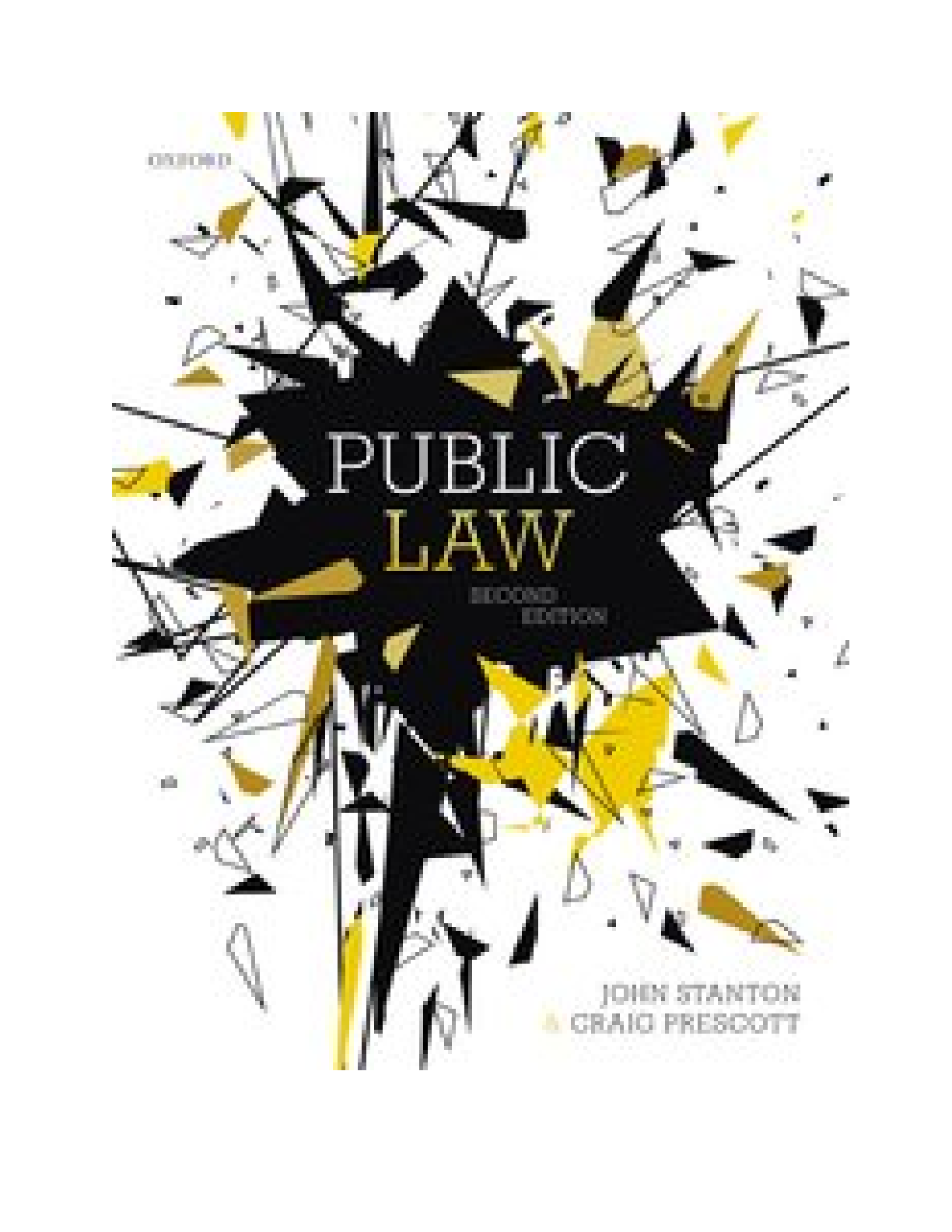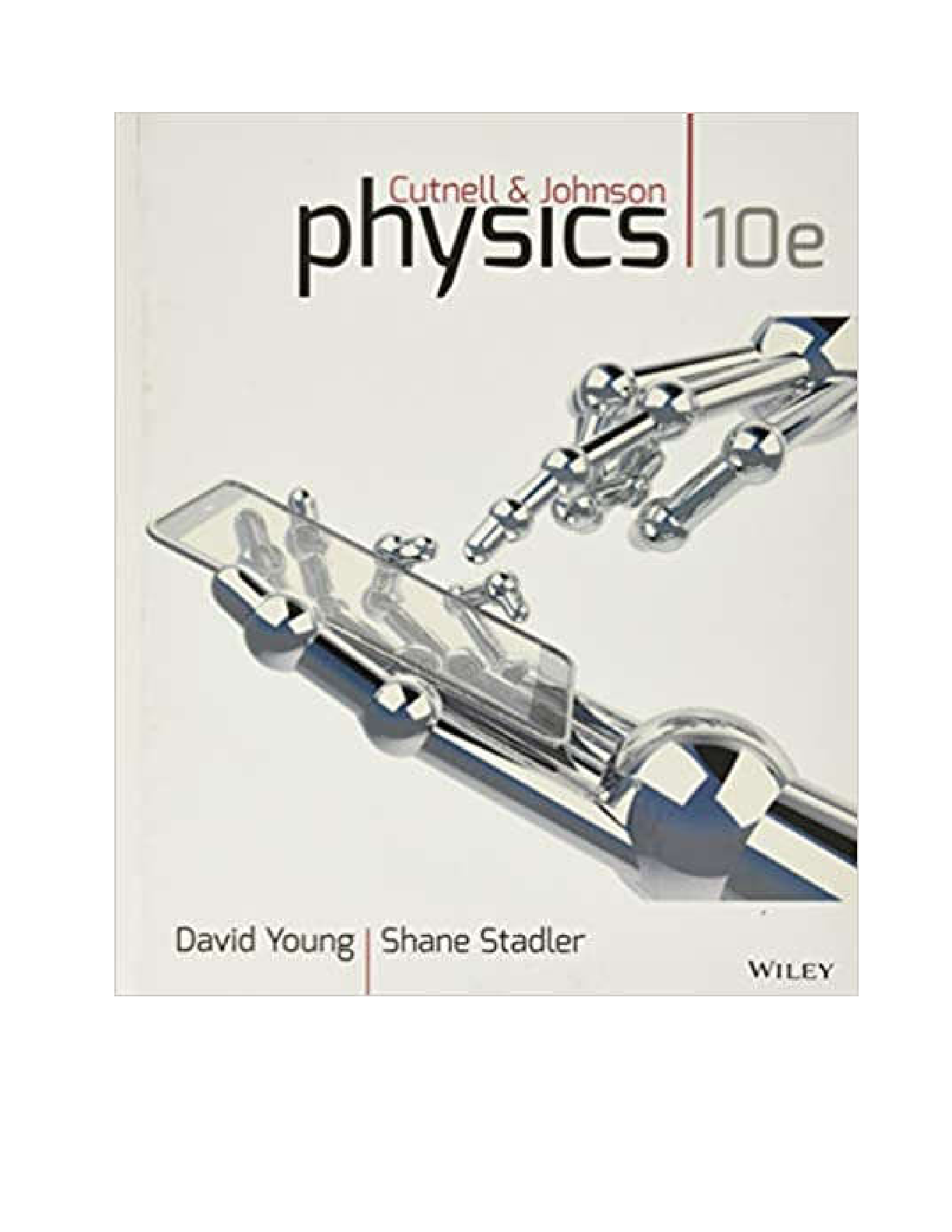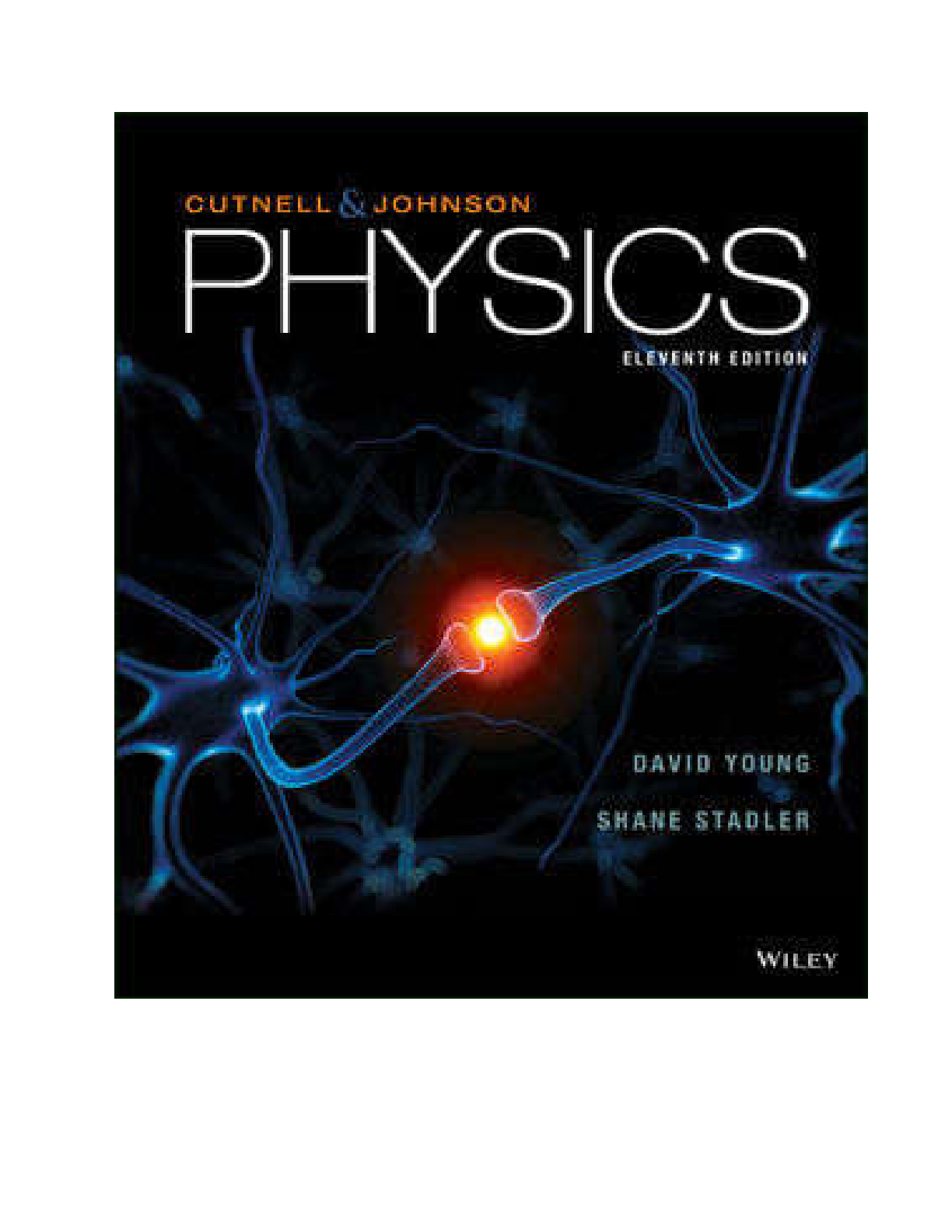Chemistry > eBook-PDF > eBook for Chemistry & Chemical Reactivity 10 Edition By John Kotz, Paul Treichel, John Townsend (All)
eBook for Chemistry & Chemical Reactivity 10 Edition By John Kotz, Paul Treichel, John Townsend
Document Content and Description Below
eBook for Chemistry & Chemical Reactivity, 10 Edition By John C. Kotz, Paul M. Treichel, John Townsend Get all 25 Chapters eBook Pdf. Table of Contents Part 1: The Basic Tools of Chemistry ... Chapter 1: Basic Concepts of Chemistry 1.1 Chemistry and Its Methods 1.2 Sustainability and Green Chemistry 1.3 Classifying Matter 1.4 Elements 1.5 Compounds 1.6 Physical Properties 1.7 Physical and Chemical Changes 1.8 Energy: Some Basic Principles Applying Chemical Principles Chapter Goals Revisited Key Equation Study Questions Let's Review: The Tools of Quantitative Chemistry 1 Units of Measurement 2 Making Measurements: Precision, Accuracy, Experimental Error, and Standard Deviation 3 Mathematics of Chemistry 4 Problem Solving by Dimensional Analysis 5 Graphs and Graphing 6 Problem Solving and Chemical Arithmetic Applying Chemical Principles Chapter Goals Revisited Key Equations Study Questions Chapter 2: Atoms, Molecules, and Ions 2.1 Atomic Structure, Atomic Number, and Atomic Mass 2.2 Isotopes and Atomic Weight 2.3 The Periodic Table 2.4 Molecules, Compounds, and Formulas 2.5 Ionic Compounds: Formulas, Names, and Properties 2.6 Atoms, Molecules, and the Mole 2.7 Chemical Analysis: Determining Compound Formulas 2.8 Instrumental Analysis: Determining Compound Formulas Applying Chemical Principles Chapter Goals Revisited Key Equations Study Questions Chapter 3: Chemical Reactions 3.1 Introduction to Chemical Equations 3.2 Balancing Chemical Equations 3.3 Introduction to Chemical Equilibrium 3.4 Aqueous Solutions 3.5 Precipitation Reactions 3.6 Acids and Bases 3.7 Gas-Forming Reactions 3.8 Oxidation-Reduction Reactions 3.9 Classifying Reactions in Aqueous Solution Applying Chemical Principles Chapter Goals Revisited Study Questions Chapter 4: Stoichiometry: Quantitative Information about Chemical Reactions 4.1 Mass Relationships in Chemical Reactions: Stoichiometry 4.2 Reactions in Which One Reactant Is Present in Limited Supply 4.3 Percent Yield 4.4 Chemical Equations and Chemical Analysis 4.5 Measuring Concentrations of Compounds in Solution 4.6 pH, a Concentration Scale for Acids and Bases 4.7 Stoichiometry of Reactions in Aqueous Solution-Fundamentals 4.8 Stoichiometry of Reactions in Aqueous Solution-Titrations 4.9 Spectrophotometry Applying Chemical Principles Chapter Goals Revisited Key Equations Study Questions Chapter 5: Principles of Chemical Reactivity: Energy and Chemical Reactions 5.1 Energy: Some Basic Principles 5.2 Specific Heat Capacity: Heating and Cooling 5.3 Energy and Changes of State 5.4 The First Law of Thermodynamics 5.5 Enthalpy Changes for Chemical Reactions 5.6 Calorimetry 5.7 Enthalpy Calculations 5.8 Product- or Reactant-Favored Reactions and Thermodynamics Applying Chemical Principles Chapter Goals Revisited Key Equations Study Questions Part 2: Atoms and Molecules Chapter 6: The Structure of Atoms 6.1 Electromagnetic Radiation 6.2 Quantization: Planck, Einstein, Energy, and Photons 6.3 Atomic Line Spectra and Niels Bohr 6.4 Particle-Wave Duality: Prelude to Quantum Mechanics 6.5 The Modern View of Electronic Structure: Wave or Quantum Mechanics 6.6 The Shapes of Atomic Orbitals 6.7 One More Electron Property: Electron Spin Applying Chemical Principles Chapter Goals Revisited Key Equations Study Questions Chapter 7: The Structure of Atoms and Periodic Trends 7.1 The Pauli Exclusion Principle 7.2 Atomic Subshell Energies and Electron Assignments 7.3 Electron Configurations of Atoms 7.4 Electron Configurations of Ions 7.5 Atomic Properties and Periodic Trends 7.6 Periodic Trends and Chemical Properties Applying Chemical Principles Chapter Goals Revisited Study Questions Chapter 8: Bonding and Molecular Structure 8.1 Chemical Bond Formation and Lewis Electron Dot Symbols 8.2 Covalent Bonding and Lewis Structures 8.3 Atom Formal Charges in Covalent Molecules and Ions 8.4 Resonance 8.5 Exceptions to the Octet Rule 8.6 Molecular Shapes 8.7 Electronegativity and Bond Polarity 8.8 Molecular Polarity 8.9 Bond Properties: Order, Length, and Dissociation Enthalpy 8.10 DNA, Revisited Applying Chemical Principles Chapter Goals Revisited Key Equations Study Questions Chapter 9: Bonding and Molecular Structure: Orbital Hybridization and Molecular Orbitals 9.1 Valence Bond Theory 9.2 Molecular Orbital Theory 9.3 Theories of Chemical Bonding: A Summary Applying Chemical Principles Chapter Goals Revisited Key Equation Study Questions Part 3: States of Matter Chapter 10: Gases and Their Properties 10.1 Modeling a State of Matter: Gases and Gas Pressure 10.2 Gas Laws: The Experimental Basis 10.3 The Ideal Gas Law 10.4 Gas Laws and Chemical Reactions 10.5 Gas Mixtures and Partial Pressures 10.6 The Kinetic-Molecular Theory of Gases 10.7 Diffusion and Effusion 10.8 Nonideal Behavior of Gases Applying Chemical Principles Chapter Goals Revisited Key Equations Study Questions Chapter 11: Intermolecular Forces and Liquids 11.1 States of Matter and Intermolecular Forces 11.2 Interactions between Ions and Molecules with a Permanent Dipole 11.3 Interactions between Molecules with a Permanent Dipole 11.4 Intermolecular Forces Involving Nonpolar Molecules 11.5 A Summary of van der Waals Intermolecular Forces 11.6 Properties of Liquids Applying Chemical Principles Chapter Goals Revisited Key Equations Study Questions Chapter 12: The Solid State 12.1 Crystal Lattices and Unit Cells 12.2 Structures and Formulas of Ionic Solids 12.3 Bonding in Ionic Compounds: Lattice Energy 12.4 Bonding in Metals and Semiconductors 12.5 Other Types of Solid Materials 12.6 Phase Changes Applying Chemical Principles Chapter Goals Revisited Study Questions Chapter 13: Solutions and Their Behavior 13.1 Units of Concentration 13.2 The Solution Process 13.3 Factors Affecting Solubility: Pressure and Temperature 13.4 Colligative Properties 13.5 Colloids Applying Chemical Principles Chapter Goals Revisited Key Equations Study Questions Part 4: The Control of Chemical Reactions Chapter 14: Chemical Kinetics: The Rates of Chemical Reactions 14.1 Rates of Chemical Reactions 14.2 Reaction Conditions and Rate 14.3 Effect of Concentration on Reaction Rate 14.4 Concentration-Time Relationships: Integrated Rate Laws 14.5 A Microscopic View of Reaction Rates 14.6 Catalysts 14.7 Reaction Mechanisms Applying Chemical Principles Chapter Goals Revisited Key Equations Study Questions Chapter 15: Principles of Chemical Reactivity: Equilibria 15.1 Chemical Equilibrium: A Review 15.2 The Equilibrium Constant and Reaction Quotient 15.3 Determining an Equilibrium Constant 15.4 Using Equilibrium Constants in Calculations 15.5 More about Balanced Equations and Equilibrium Constants 15.6 Disturbing a Chemical Equilibrium Applying Chemical Principles Chapter Goals Revisited Key Equations Study Questions Chapter 16: Principles of Chemical Reactivity: The Chemistry of Acids and Bases 16.1 The Bronsted-Lowry Concept of Acids and Bases 16.2 Water and the pH Scale 16.3 Equilibrium Constants for Acids and Bases 16.4 Acid-Base Properties of Salts 16.5 Predicting the Direction of Acid–Base Reactions 16.6 Types of Acid-Base Reactions 16.7 Calculations with Equilibrium Constants 16.8 Polyprotic Acids and Bases 16.9 Molecular Structure, Bonding, and Acid-Base Behavior 16.10 The Lewis Concept of Acids and Bases Applying Chemical Principles Chapter Goals Revisited Key Equations Study Questions Chapter 17: Principles of Chemical Reactivity: Other Aspects of Aqueous Equilibria 17.1 The Common Ion Effect 17.2 Controlling pH: Buffer Solutions 17.3 Acid-Base Titrations 17.4 Solubility of Salts 17.5 Precipitation Reactions 17.6 Equilibria Involving Complex Ions Applying Chemical Principles Chapter Goals Revisited Key Equations Study Questions Chapter 18: Principles of Chemical Reactivity: Entropy and Free Energy 18.1 Spontaneity and Dispersal of Energy: Entropy 18.2 Entropy: A Microscopic Understanding 18.3 Entropy Measurement and Values 18.4 Entropy Changes and Spontaneity 18.5 Gibbs Free Energy 18.6 Calculating and Using Standard Free Energies, Deltar G Degrees 18.7 The Interplay of Kinetics and Thermodynamics Applying Chemical Principles Chapter Goals Revisited Key Equations Study Questions Chapter 19: Principles of Chemical Reactivity: Electron Transfer Reactions 19.1 Oxidation-Reduction Reactions 19.2 Simple Voltaic Cells 19.3 Commercial Voltaic Cells 19.4 Standard Electrochemical Potentials 19.5 Electrochemical Cells under Nonstandard Conditions 19.6 Electrochemistry and Thermodynamics 19.7 Electrolysis: Chemical Change Using Electrical Energy 19.8 Counting Electrons 19.9 Corrosion: Redox Reactions in the Environment Applying Chemical Principles Chapter Goals Revisited Key Equations Study Questions Part 5: The Chemistry of the Elements Chapter 20: Environmental Chemistry-Earth's Environment, Energy, and Sustainability 20.1 The Atmosphere 20.2 The Aqua Sphere (Water) 20.3 Energy 20.4 Fossil Fuels 20.5 Alternative Sources of Energy 20.6 Environmental Impact of Fossil Fuels 20.7 Green Chemistry and Sustainability Applying Chemical Principles Chapter Goals Revisited Study Questions Chapter 21: The Chemistry of the Main Group Elements 21.1 Abundance of the Elements 21.2 The Periodic Table: A Guide to the Elements 21.3 Hydrogen 21.4 The Alkali Metals, Group 1A 21.5 The Alkaline Earth Elements, Group 2A 21.6 Boron, Aluminum, and the Group 3A Elements 21.7 Silicon and the Group 4A Elements 21.8 Nitrogen, Phosphorus, and the Group 5A Elements 21.9 Oxygen, Sulfur, and the Group 6A Elements 21.10 The Halogens, Group 7A 21.11 The Noble Gases, Group 8A Applying Chemical Principles Chapter Goals Revisited Study Questions Chapter 22: The Chemistry of the Transition Elements 22.1 Overview of the Transition Elements 22.2 Periodic Properties of the Transition Elements 22.3 Metallurgy 22.4 Coordination Compounds 22.5 Structures of Coordination Compounds 22.6 Bonding in Coordination Compounds 22.7 Colors of Coordination Compounds Applying Chemical Principles Chapter Goals Revisited Study Questions Chapter 23: Carbon: Not Just Another Element 23.1 Why Carbon? 23.2 Hydrocarbons 23.3 Alcohols, Ethers, and Amines 23.4 Compounds with a Carbonyl Group 23.5 Polymers Applying Chemical Principles Chapter Goals Revisited Study Questions Chapter 24: Biochemistry 24.1 Proteins 24.2 Carbohydrates 24.3 Nucleic Acids 24.4 Lipids and Cell Membranes 24.5 Metabolism Applying Chemical Principles Chapter Goals Revisited Study Questions Chapter 25: Nuclear Chemistry 25.1 Natural Radioactivity 25.2 Nuclear Reactions and Radioactive Decay 25.3 Stability of Atomic Nuclei 25.4 Rates of Nuclear Decay 25.5 Artificial Nuclear Reactions 25.6 Nuclear Fission and Nuclear Fusion 25.7 Radiation Health and Safety 25.8 Applications of Nuclear Chemistry List of Appendices Appendix A: Using Logarithms and Solving Quadratic Equations Appendix B: Some Important Physical Concepts Appendix C: Abbreviations and Useful Conversion Factors Appendix D: Physical Constants Appendix E: A Brief Guide to Naming Organic Compounds Appendix F: Values for the Ionization Energies and Electron Attachment Enthalpies of the Elements Appendix G: Vapor Pressure of Water at Various Temperatures Appendix H: Ionization Constants for Aqueous Weak Acids at 25 Degrees Celsius Appendix I: Ionization Constants for Aqueous Weak Bases at 25 Degrees Celsius Appendix J: Solubility Product Constants for Some Inorganic Compounds at 25 Degrees Celsius Appendix K: Formation Constants for Some Complex Ions in Aqueous Solution at 25 Degrees Celsius Appendix L: Selected Thermodynamic Values Appendix M: Standard Reduction Potentials in Aqueous Solution at 25 Degrees Celsius Appendix N: Answers to Study Questions, Check Your Understanding, and Applying Chemical Principles Index and Glossary [Show More]
Last updated: 1 week ago
Preview 1 out of 1408 pages
Instant download
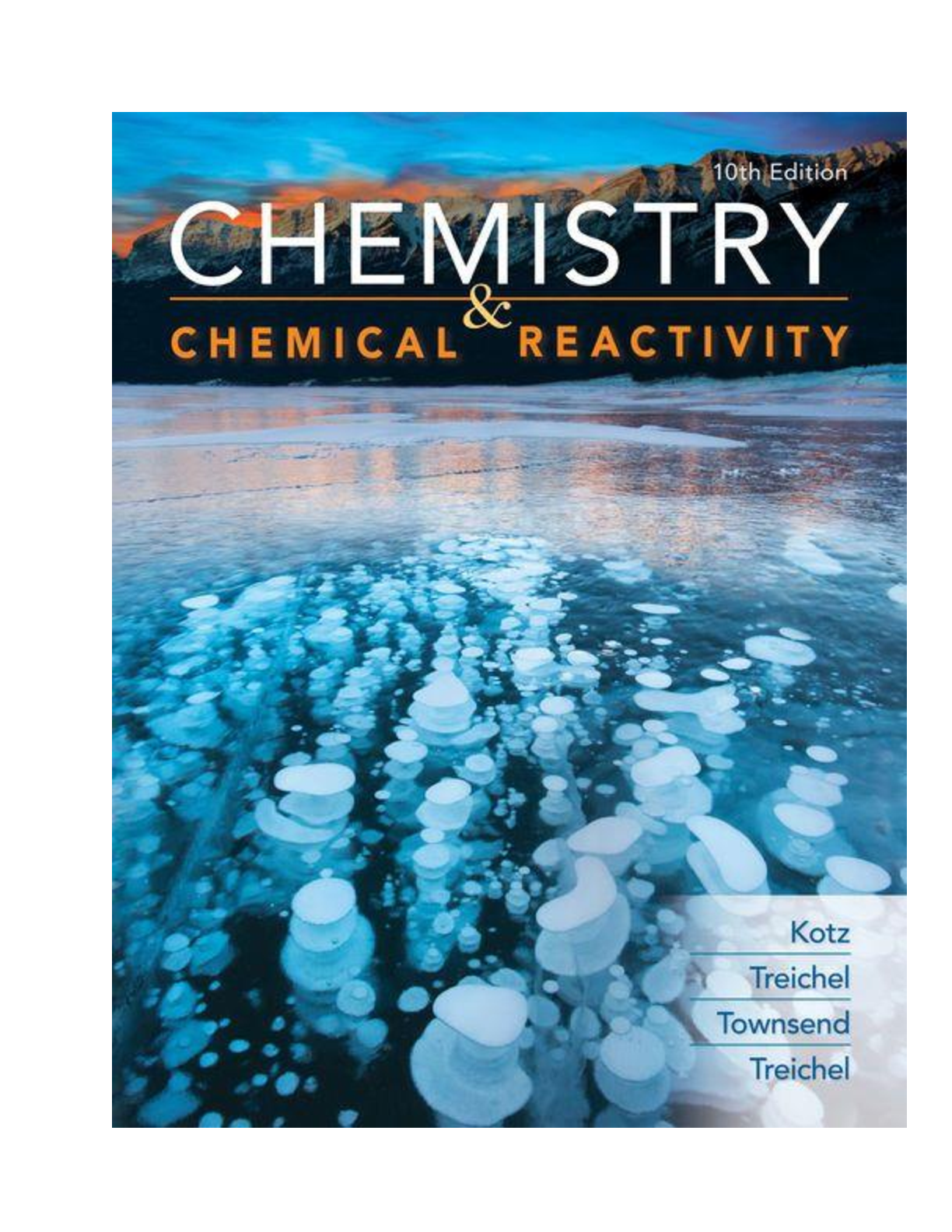
Buy this document to get the full access instantly
Instant Download Access after purchase
Add to cartInstant download
Reviews( 0 )
Document information
Connected school, study & course
About the document
Uploaded On
Oct 05, 2021
Number of pages
1408
Written in
Additional information
This document has been written for:
Uploaded
Oct 05, 2021
Downloads
0
Views
45



 Strategic Management Creating Competitive Advantages, 10e Gregory Dess, Gerry McNamara, Alan Eisner, Seung-Hyun Lee.png)



 Gary Donell, Clarence Byrd, Ida Chen.png)



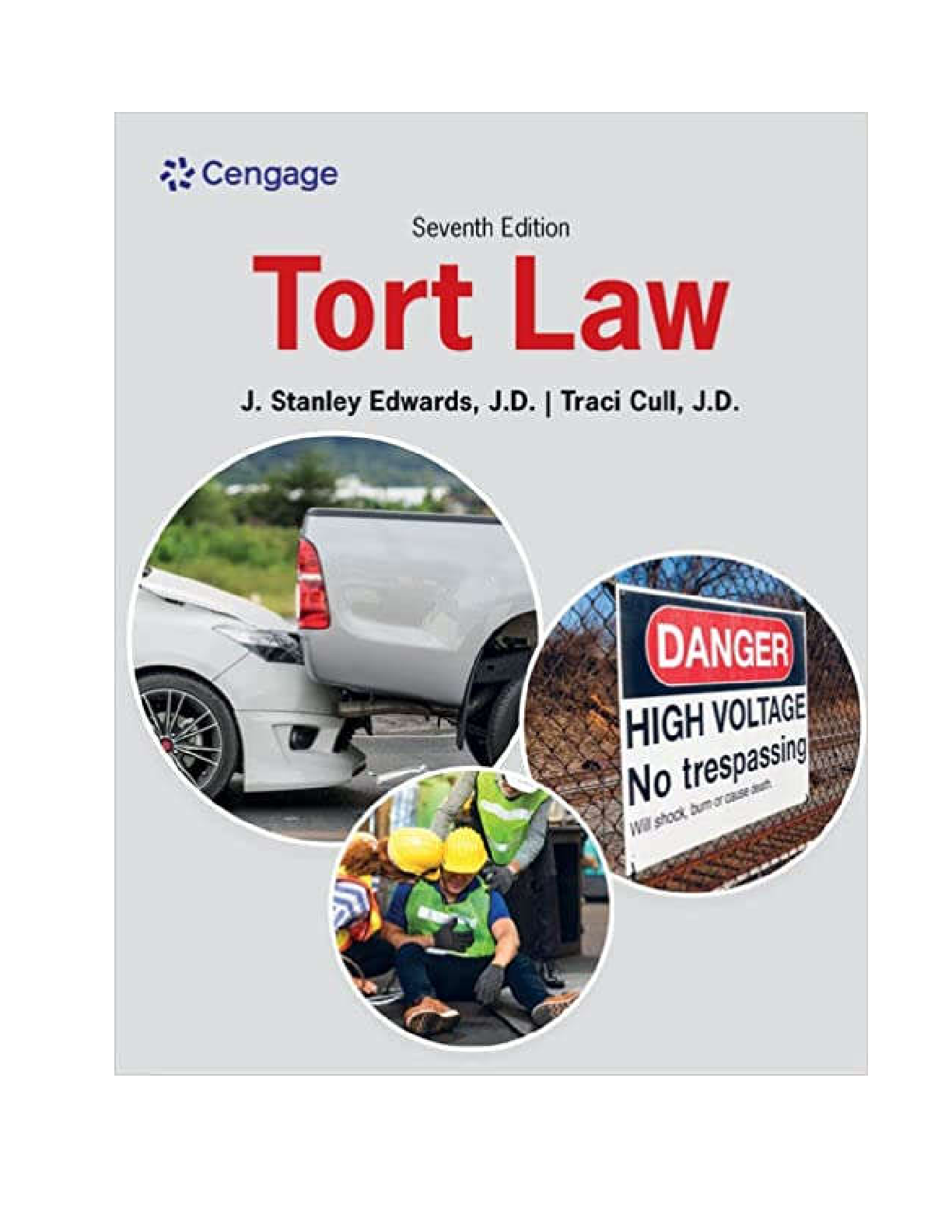
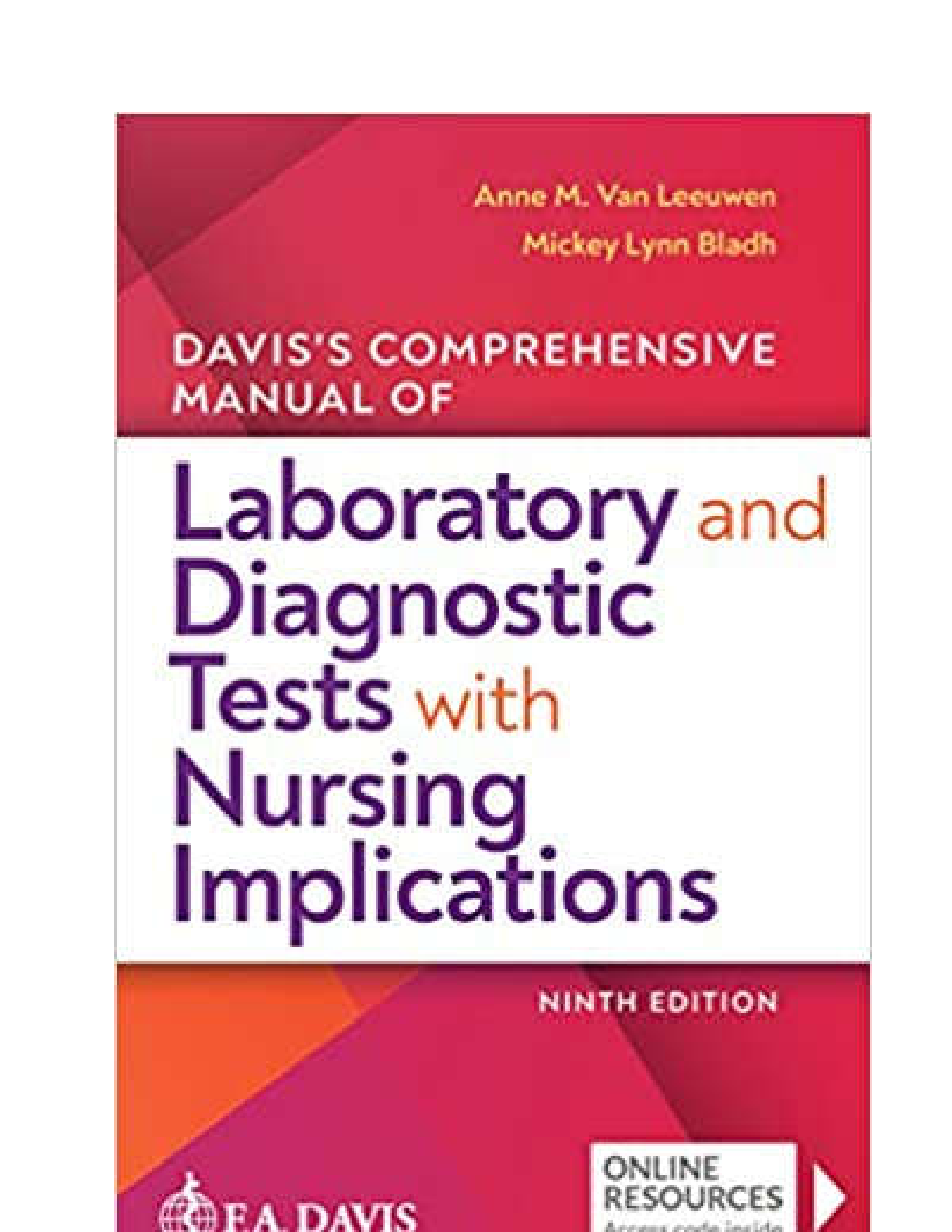
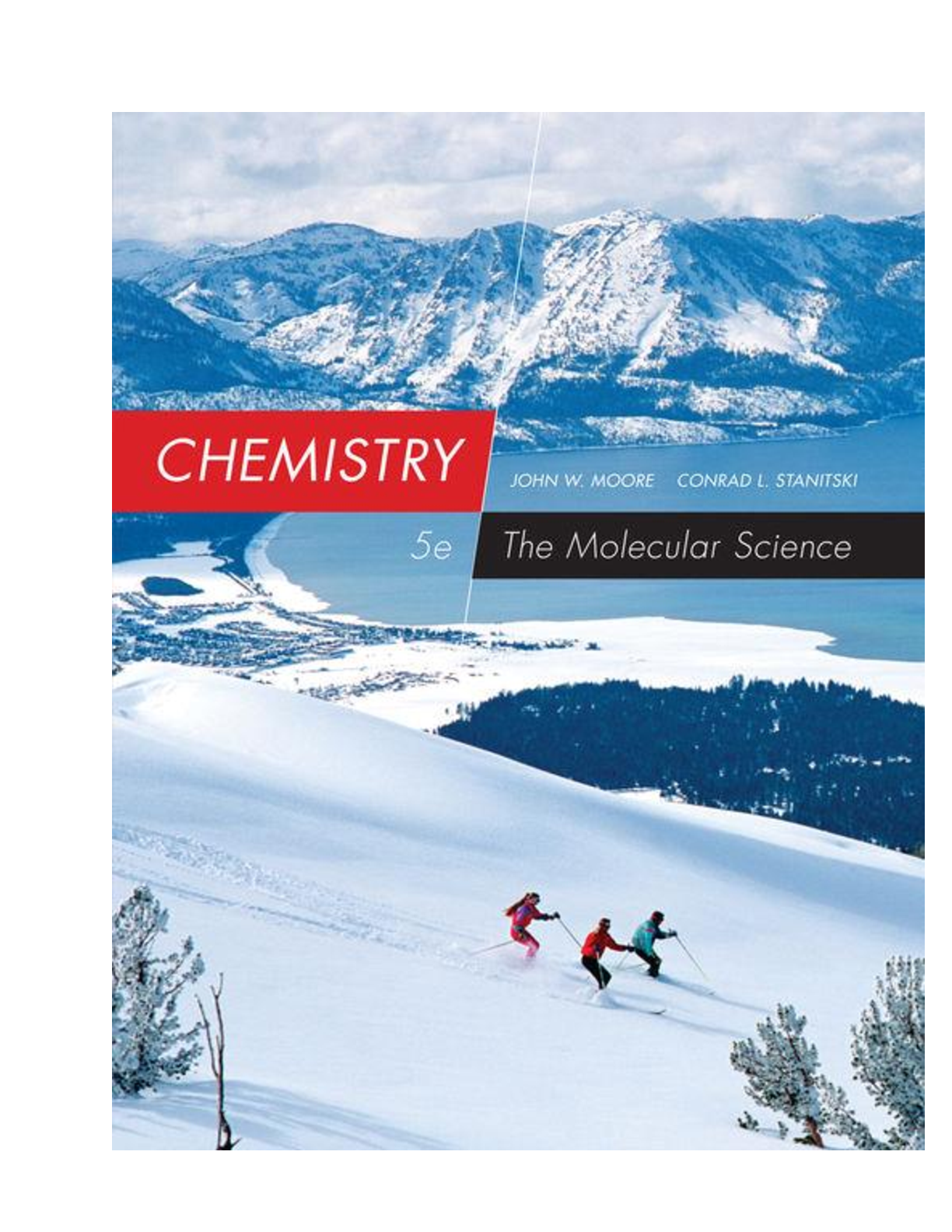


.png)
